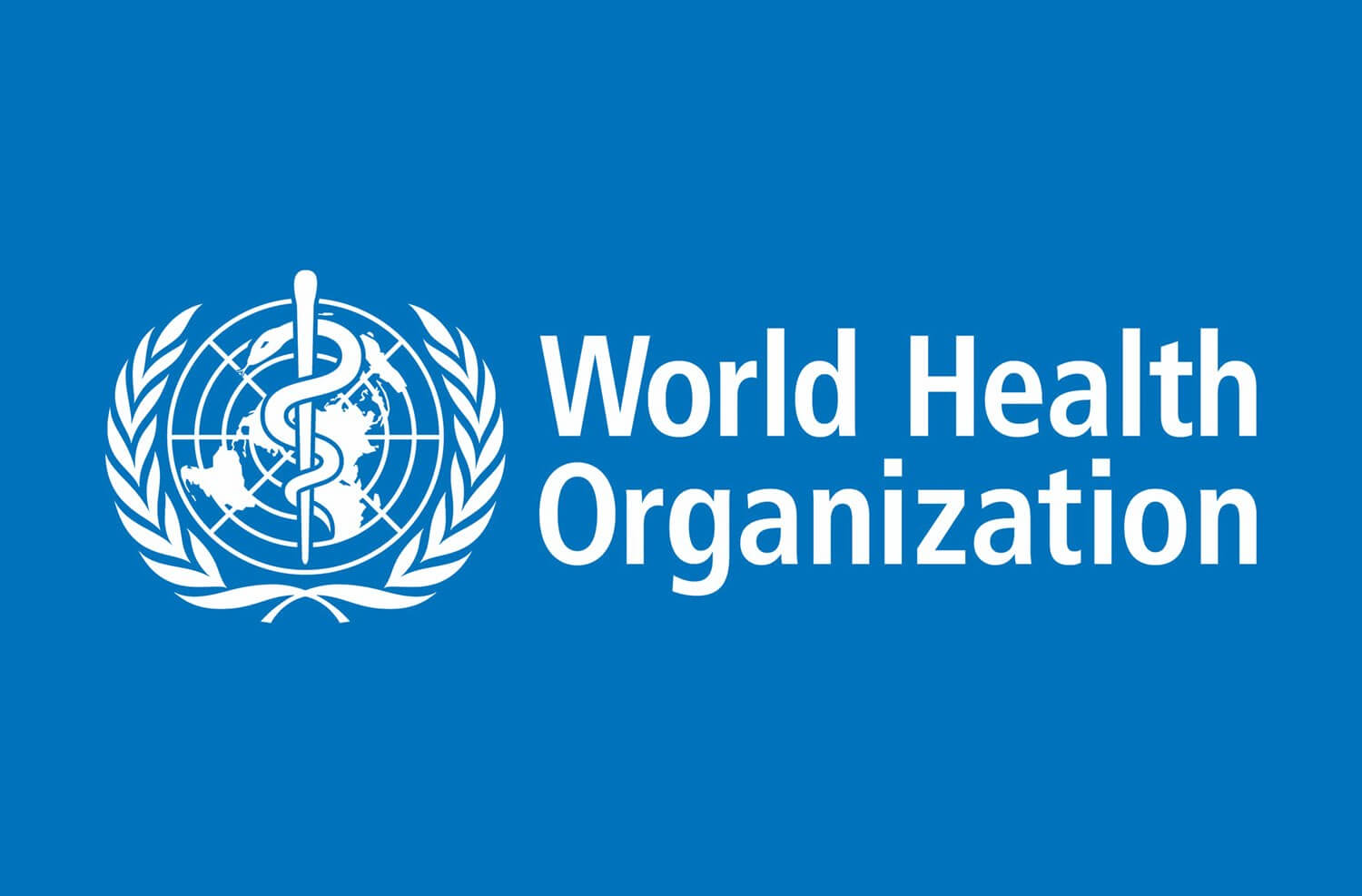WHO Issues New Guidelines To Expand Midwifery Models Of Care Globally

The World Health Organisation (WHO) has released new guidelines to help countries adopt and expand midwifery models of care, emphasising their proven health benefits for both women and their babies.
The guidelines released on Wednesday underscored the efforts of the midwives in providing care for women and babies throughout pregnancy, childbirth, and the postnatal period.
WHO pointed out that women receiving care from trusted midwives are statistically more likely to experience healthy vaginal births and report higher satisfaction.
The guidelines also promote strong communication and partnership between women and midwives, and offer proven health benefits for both women and their babies.
According to the WHO Director for Maternal, Newborn, Child and Adolescent Health and Ageing, Dr. Anshu Banerjee, expanding and investing in midwifery models of care is one of the most effective strategies to improve maternal and newborn health globally.
“These approaches improve outcomes, maximise resources, and can be adapted to all countries. Crucially, they also enhance women’s and families’ experiences of care,” Banerjee added.
The global health body also highlighted that maternal and newborn deaths remain unacceptably high, particularly in low-income settings, despite progress.
The recent modelling suggested that universal access to skilled midwives could prevent over 60 per cent of the deaths, potentially saving 4.3 million lives annually by 2035.
The report also noted that midwifery care models emphasise informed choice as well as communication and non-invasive techniques, such as mobility during labour, breathing guidance, varied birthing positions and emotional support, that seek to empower women and reduce the likelihood of invasive procedures.
It further pointed out that midwifery models of care are also an important response to the growing concern of over-medicalisation in childbirth. While medical interventions such as caesarean sections, inductions, and use of forceps are essential and life-saving when clinically indicated. But however, warned that their routine or excessive use could cause short and long-term health risks.
The report while lamenting that progress in reducing maternal and newborn mortality has largely stagnated since 2016, stressed that globally, millions of women still give birth without a skilled health worker by their side, and one-third do not receive even four of WHO’s recommended eight pregnancy checks
The guidance outlined several adaptable models of midwifery care, including; Continuity of care, where women are supported by a known midwife, or small team of midwives, throughout pregnancy, birth, and the postnatal period. Midwife-led birth centres, which involve dedicated facilities where midwives provide intrapartum care for women at low risk of complications, sometimes they offer other services such as antenatal and postnatal care or family planning.
Others include; Community-based approaches, where midwives deliver services directly in communities, for example, via mobile units or local health centres, and Private practice, where private midwives operate independently or through organizations.
It however stated that these services must be regulated and integrated into national health systems for them to be effective.
The guideline also provided practical tools and real-life examples to help countries structure a transition toward midwifery models of care.
It further called for strong political commitment, strategic planning and long-term financing for implementation, with dedicated budget lines. It also stressed the importance of high-quality midwifery regulation and education in line with international standards, supporting autonomous, evidence-based practice.
WHO Issues New Guidelines To Expand Midwifery Models Of Care Globally is first published on The Whistler Newspaper





